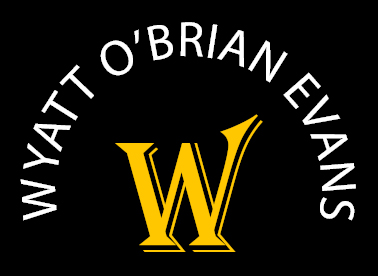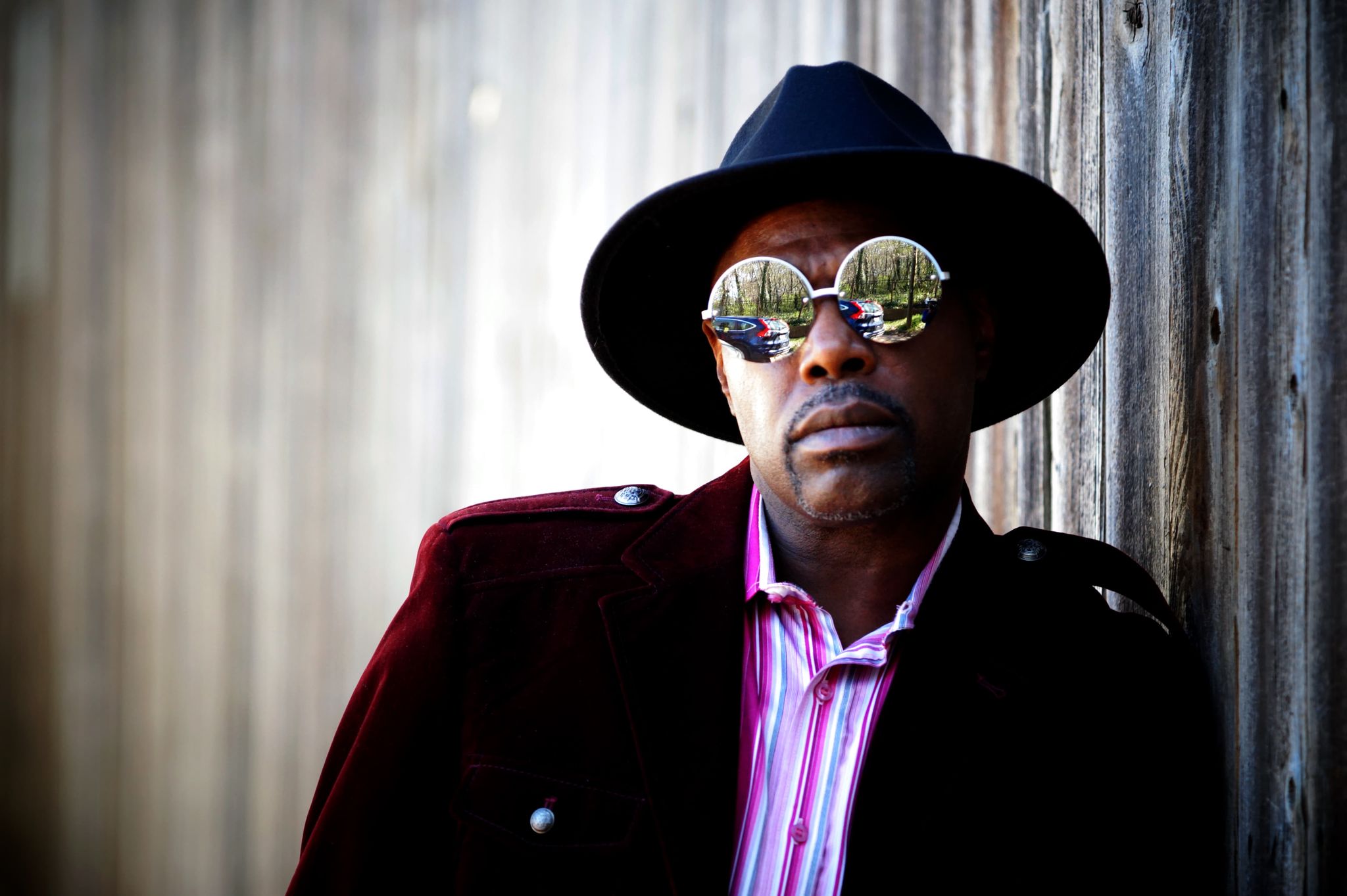“Boscoe Holder, Renaissance Man”
Guest Writer: Bishop Hartsel Clifton Shirley
An artistic ball of energy, creativity, passion, and fire sums up Arthur Aldwyn Boscoe Holder. Trinidad’s and Tobago’s leading contemporary painter, he also had a celebrated international career spanning six decades as a designer and visual artist, dancer, choreographer , and musician. Geoffrey, his well-known younger brother, traveled a similar cultural path as an actor, dancer, musician, and artist. As well, Geoffrey was a principal dancer for the Metropolitan Opera Ballet before his film career began in 1957 with an appearance in Carib Gold.
Referred to as “Boscoe” by his mother (and professionally), he was the eldest of five children born to Louise de France and Arthur Holder in 1921. At age five, the child began teaching himself painting; and, it wasn’t long before he was playing piano professionally. He was often requested by wealthy French Creole, Portuguese, and Chinese families to entertain them.
Boscoe Holder was quite taken with the culture of his island, and he studied and educated himself on the dances and songs of Trinidad. In the late 1930s, the budding talent created a group of dancers and began producing shows portraying Trinidad’s music, songs, and dances.
As well, Boscoe gave numerous solo art exhibits and became a co-founder and lifelong member of the Trinidad Art Society. He formed his dance troupe, the Holder Dance Company, where his style helped preserve the Afro-Caribbean tradition. His dances and artwork were inspired by the bongo, bélé, and Shango and slave performances.
During the time that American military bases were stationed in Trinidad throughout World War II, Holder’s “Piano Ramblings” program could be heard on the U.S. Armed Forces Radio Station WVDI on Sunday afternoons. Frequently, his dance company also performed at numerous officers’ clubs and U.S.O.’s.
Several servicemen commissioned Holder to paint their portraits to send them to their families in America. In 1946, the talent visited Martinique for the first time; this inspiring sojourn widened his vision, encouraging him to begin including the dances, songs, and costumes of the French West Indies into his shows.
In 1947, Boscoe remained in the U.S., teaching dance at the Katherine Dunham School and exhibiting his paintings at the Eighth Street Gallery in Greenwich Village. Sheila Clarke, his principal dancer, became his wife in 1948, and they had a son they named Christopher. Then, in 1950, the family moved to London where he formed his group, Boscoe Holder and The Caribbean Dancers. On Bal Creole, his TV program, he introduced steel drums to England.
Holder got the opportunity to appear in and choreograph The Emperor Jones, based on the Eugene Neil play, which led to him and his company touring various European countries that included France, Italy, Monte Carlo, Finland, Belgium. As representatives of the West Indies, the troupe performed for Queen Elizabeth II in 1953, and again in 1955 by command performance at Windsor Castle.

In July 1955, Holder and his troupe appeared in a concert called “The First Caribbean Carnival in London” held at the Royal Albert Hall. Next, in January 1959, the company was a headline act, performing “Carnival Fantasia” at the St. Pancras Town Hall. For four years, the artist choreographed, costumed, and produced the cabaret in the Candlelight Room of The May Fair, a luxury London hotel. While there, he also created his band, The Pinkerton Boys, and opened Hay Hill, a private club.
This versatile talent could be found all over the entertainment landscape: in a variety of films, including 1959’s Sapphire; on television (Danger Man, The Saint); on stage in Paris and Monte Carlo with Josephine Baker. In 1960 while visiting Trinidad, Boscoe and his wife performed in a show titled “At Home and Abroad” at Queen’s Hall in Port of Spain, featuring dances based on Haitian, Trinidadian and Brazilian legends.
During this time, Holder continued to paint, with his art being exhibited at several U.K. galleries including the Redfern, The Commonwealth Institute, and the Castle Museum Nottingham.
Returning to Trinidad in 1970, Holder focused on painting and sometimes appearing in floorshows with his wife. The Government of Trinidad and Tobago awarded him the Humming Bird Medal (gold). A street was named after him in 1978, acknowledging his influence on the arts.
The accolades, the commendations just kept on flowing. Holder was the recipient of Venezuela’s highest decoration, the Order of Francisco de Miranda, in 1978. Then, in 1994, he was bestowed the Médaille de la Cité de Paris by the past Mayor of Paris, Jacques Chirac.
Regarding his sexuality, it has been said, “Boscoe was pretty openly bisexual. If you met him, you would assume he was gay. We had lunch a few days later, at which he offered to procure for me as a favor whatever I wished in the way of a male Trinidadian…His attitude towards gayness was what I would call ‘old school’: It was a recreation, a pleasure, but the idea of a committed gay couple seemed an absurdity to him…” Holder’s abundance of gay friends from the dramaturgical arena–such as Noël Coward and Oliver Messel–was quite revealing.
In 2007, Boscoe Holder passed away at age 85 at his home in Newtown, Port of Spain. He had been suffering from diabetes and prostate cancer.
The artist dancing in 1956: https://www.youtube.com/watch?v=Uq6gMoBo744
During a time when it was safer to shun the taboo, Boscoe Holder is yet proof that…

Bishop Hartsel Clifton Shirley is an author, writer, singer/songwriter, and bishop from Waterloo, Iowa. He received his master’s degree in business from the International Business Management Institute based in Berlin, Germany.
Currently residing in Atlanta, Mr. Shirley is a bishop of National and International Social Action, part of New Direction Overcomers’ International Fellowship (based in Richmond, Virginia).
A multi-faceted talent, Hartsel is a writer, author, and singer/songwriter. A bronze prize winner of the International Society of Poets, he has penned editorials for the Waterloo/Cedar Falls Courier. His best-selling novel is entitled Three Words, Four Letters, published by Ishai Books. Additionally, Hartsel has charted at #1 several times on the ReverbNation pop music charts.
Inspired by Langston Hughes, Bishop Shirley states, “I write what moves me. There is nothing I can’t write. I just have to care about it so I can write truthfully.”



Leave A Comment